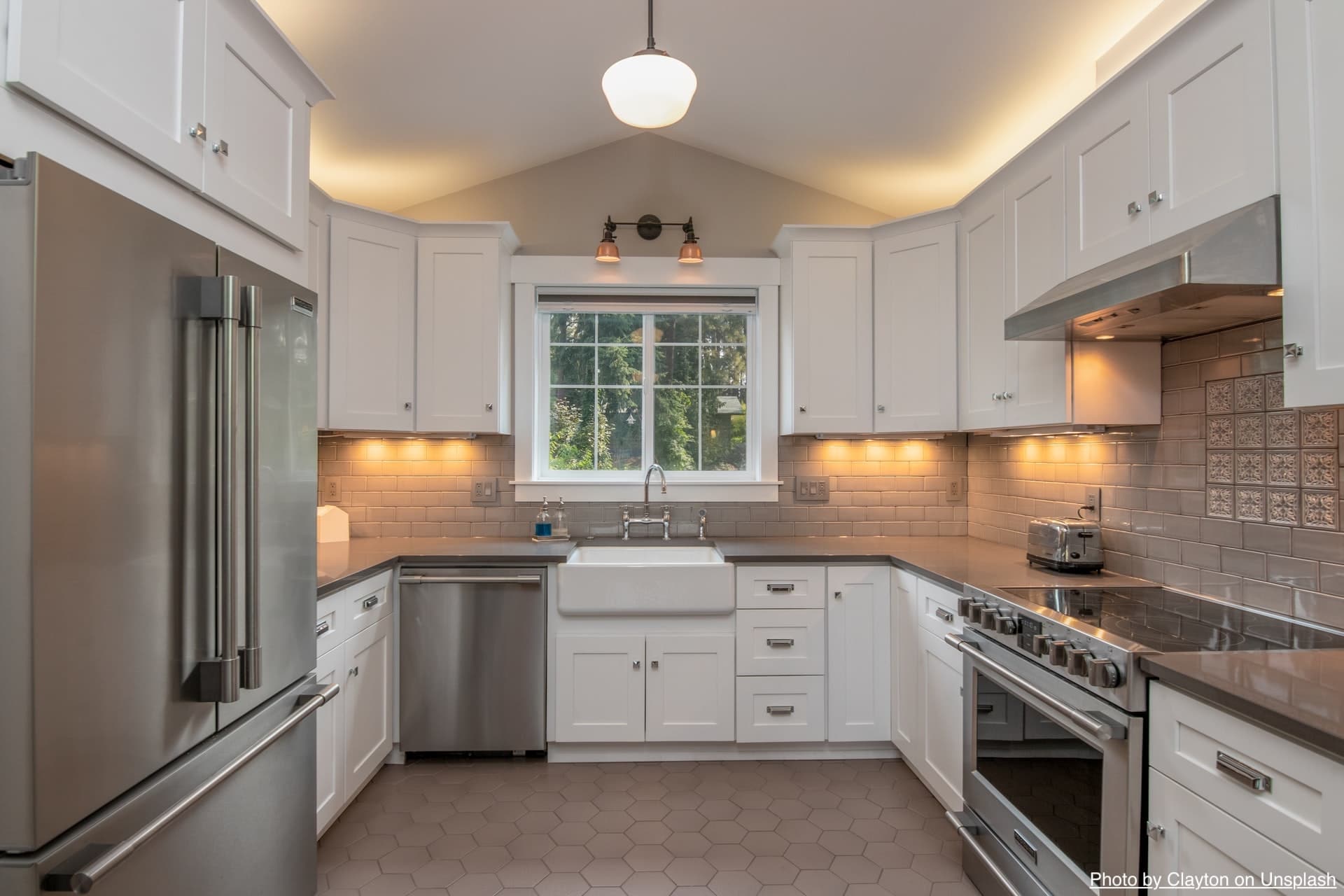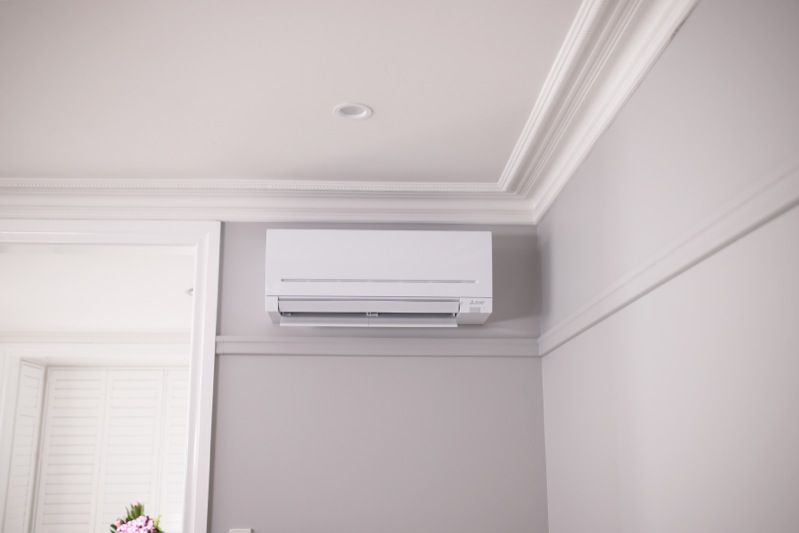How to Test Moisture Levels in Hardwood Flooring

Moisture is a major consideration for any home construction project involving wood, but especially for hardwood flooring. If the wood holds too much or too little water, the boards may swell, warp or crack over time and need to be replaced all over again. As long as you plan to work with expert contractors like this Asheville hardwood flooring company, you can rest assured that their wood product has been monitored and maintained for optimal moisture levels.
However, if you’re more of a DIY homeowner, then you’ll want to take your own moisture measurements before installing your hardwood floors. Generally, the wood should have more than 35% and less than 60% humidity. The ideal range is within the 40-55% humidity range. To find out the humidity levels in your hardwood flooring, you can try either of the two standard moisture tests.

Oven Dry Test
The most accurate way to get a reading on your wood’s moisture levels is to perform an oven dry test, as described by the American Society for Testing and Materials:
- Choose a sample piece of your hardwood that is representative of the rest.
- Weigh the sample using a scale, and make sure to record that number.
- Place the sample into an oven or kiln with plenty of ventilation and heat at 217 degrees Fahrenheit.
- Allow the sample to dry for 24 hours in the oven.
- Once the wood has stopped shifting, measure the sample again.
- Compare your initial weight measurement to your post-oven-drying weight. The formula for calculating moisture content is as follows: (Initial Weight – Dry Weight) / Dry Weight. Multiply by 100 to convert the number to a percentage.
For example, if the wood sample’s initial weight is 120 grams, and its weight after oven-drying is 100 grams, then your equation would look like this: (120 – 100) / 100 = 0.2 or 20%. This particular wood sample is extremely moisture deficient and would not be suitable for flooring until it became more hydrated.
The downside to the oven dry test is that you probably don’t have access to the right kind of oven, nor an adequate weight scale. You will need a kiln or an oven with plenty of airflow so as to prevent a fire, as well as precise temperature control, which discounts most standard kitchen ovens. The cost of a scale and oven can be anywhere from $500 to $2,000. Plus, the process of drying the wood makes your sample unusable, and the amount of time it takes for the wood to dry may be logistically impractical.

Moisture Meter
The second best way to measure your hardwood’s moisture content is to use a moisture meter. Given that water conducts electricity and wood does not, a pin-type meter measures how much the wood resists an electrical current. If there is significant resistance, then the wood contains a minimal amount of water. Using a pin-type meter is quite simple. Insert the pins into the wood and wait a moment for the reading to appear on the digital screen.
While a pin-type meter requires inserting pins directly into the wood and thereby damaging it, the pinless meter does not. Pinless meters also measure electrical resistance but do so using a no-touch electromagnetic signal scan. Touch the scanning plate to the wood until the moisture reading appears on-screen.
Some meters come with additional bells and whistles, such as correcting for temperature or wood species. Whether you opt for such models or not, the pin-type and pinless meters will, at minimum, attain approximate enough moisture measurements for your DIY construction purposes. Depending on the model and brand, moisture meters can cost anywhere from $35 to $500, making them a far more affordable option than oven drying.
It’s natural for hardwood floors to expand and contract slightly throughout the changing of the seasons. However, over-shrinkage causes the formation of cracks and gaps, while over-swelling results in cupping or crowning, in which the center of the board grows higher or lower than the edges. Performing moisture tests to help you understand and maintain proper humidity levels is key to ensuring your hardwood floors’ longevity.





